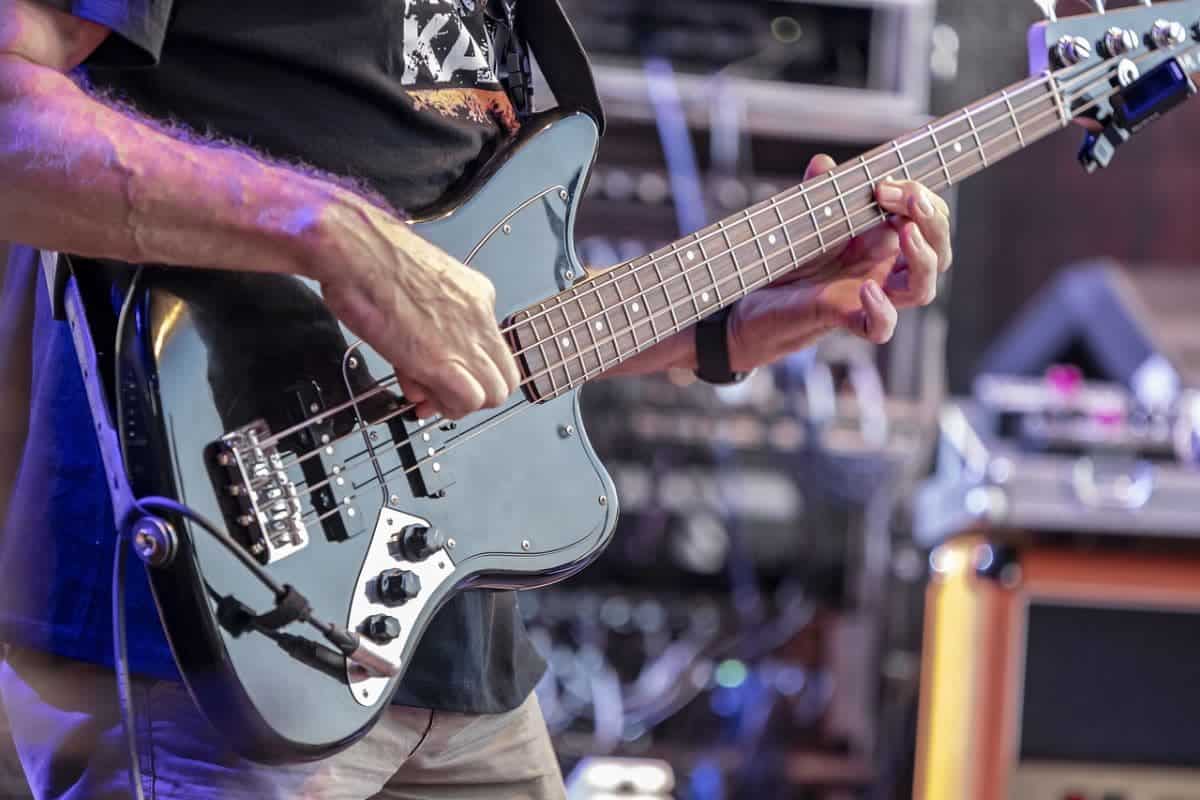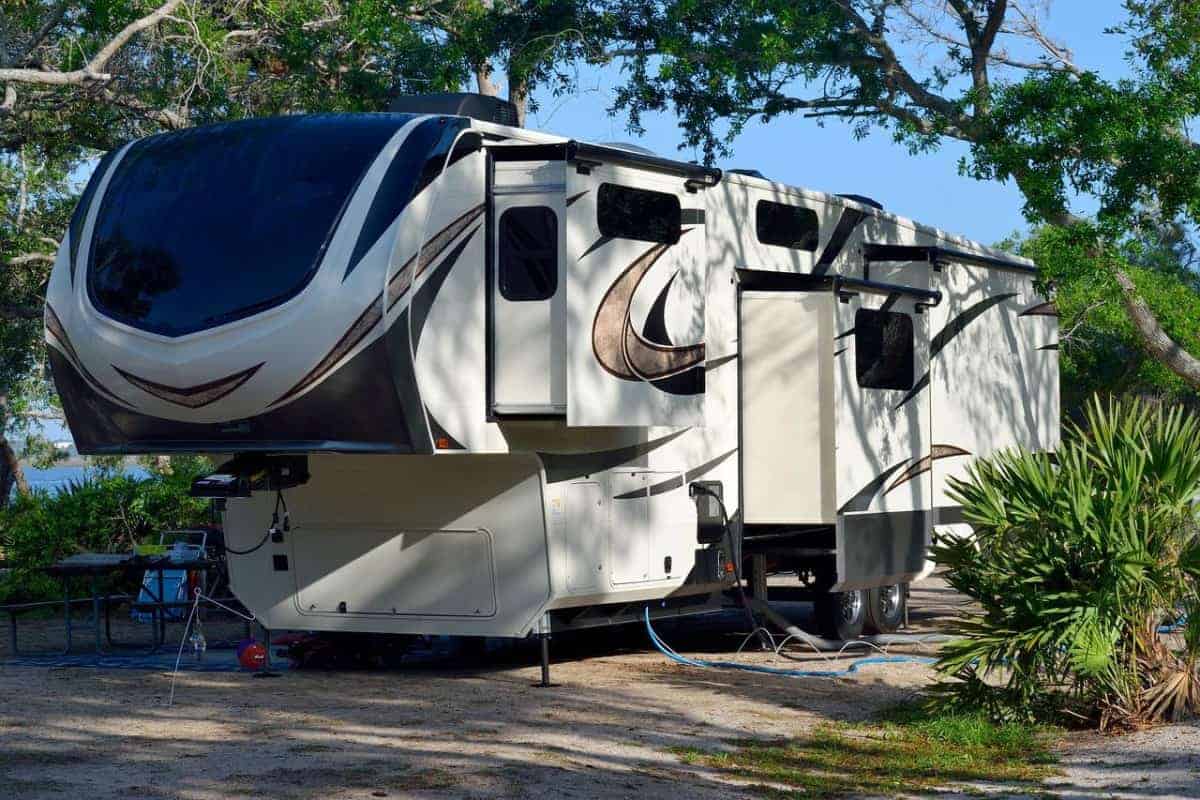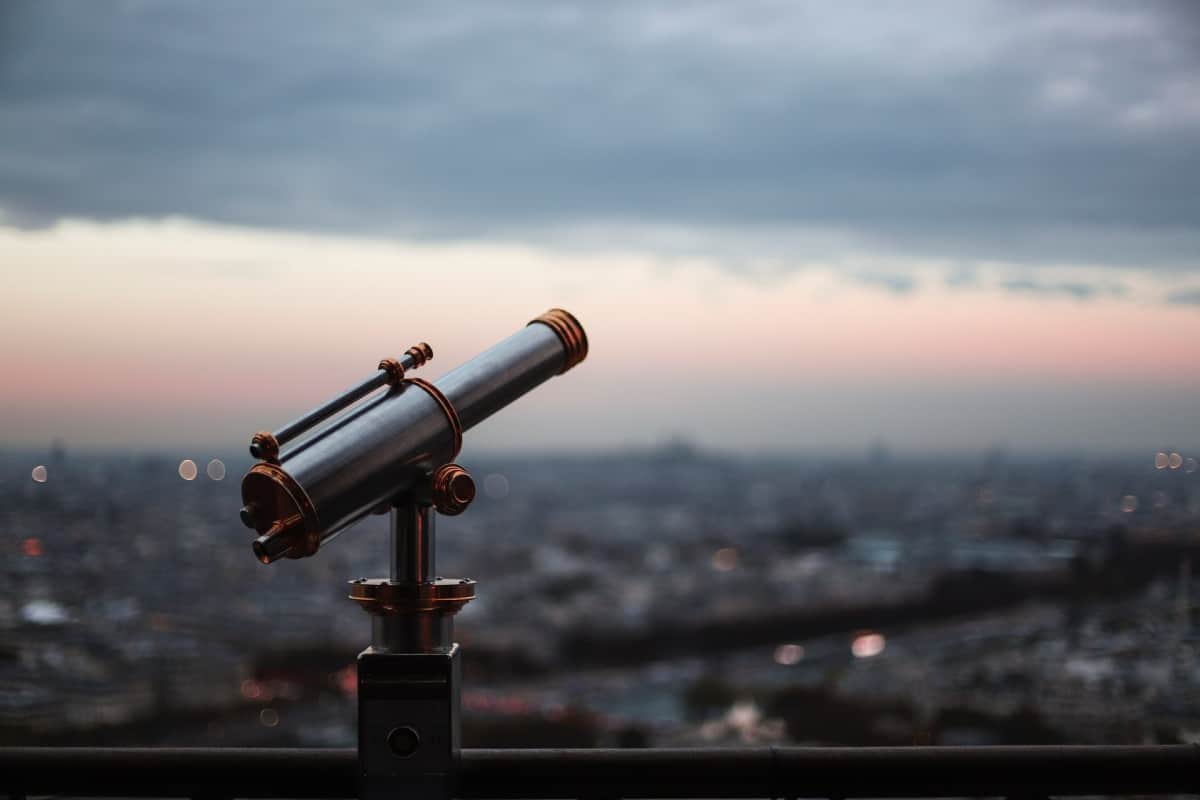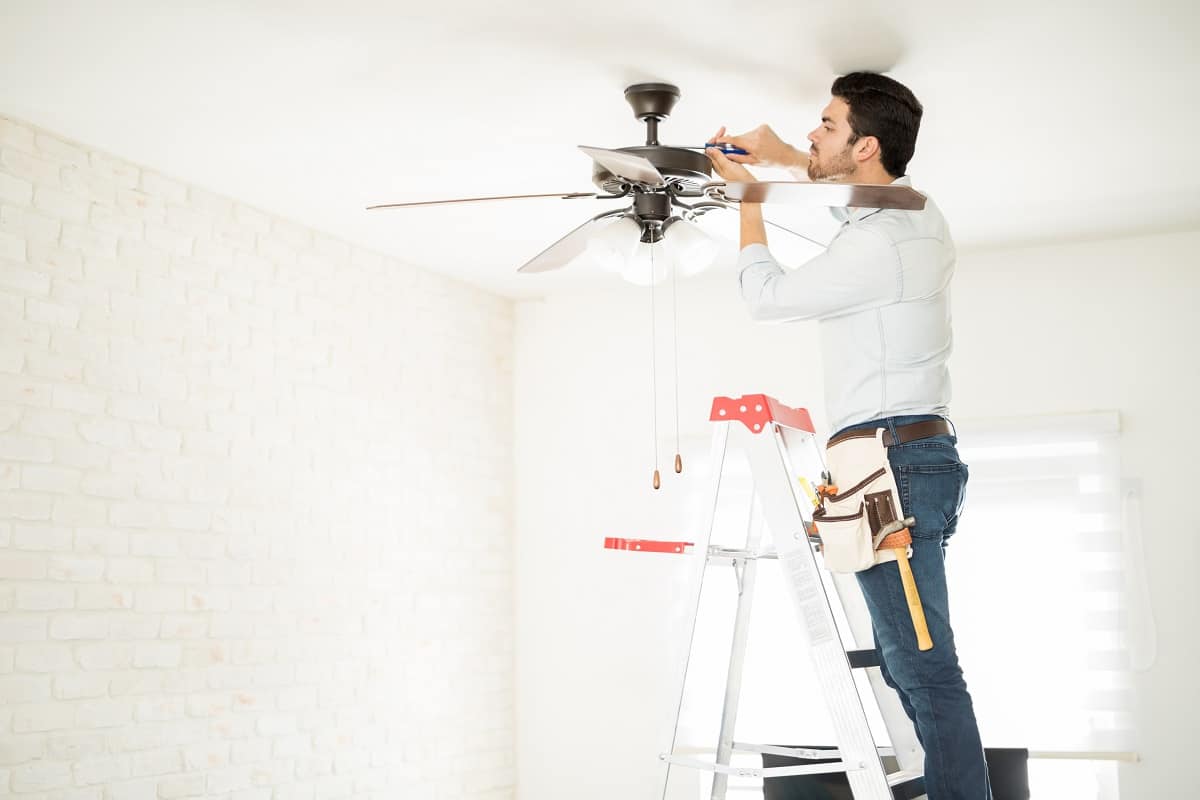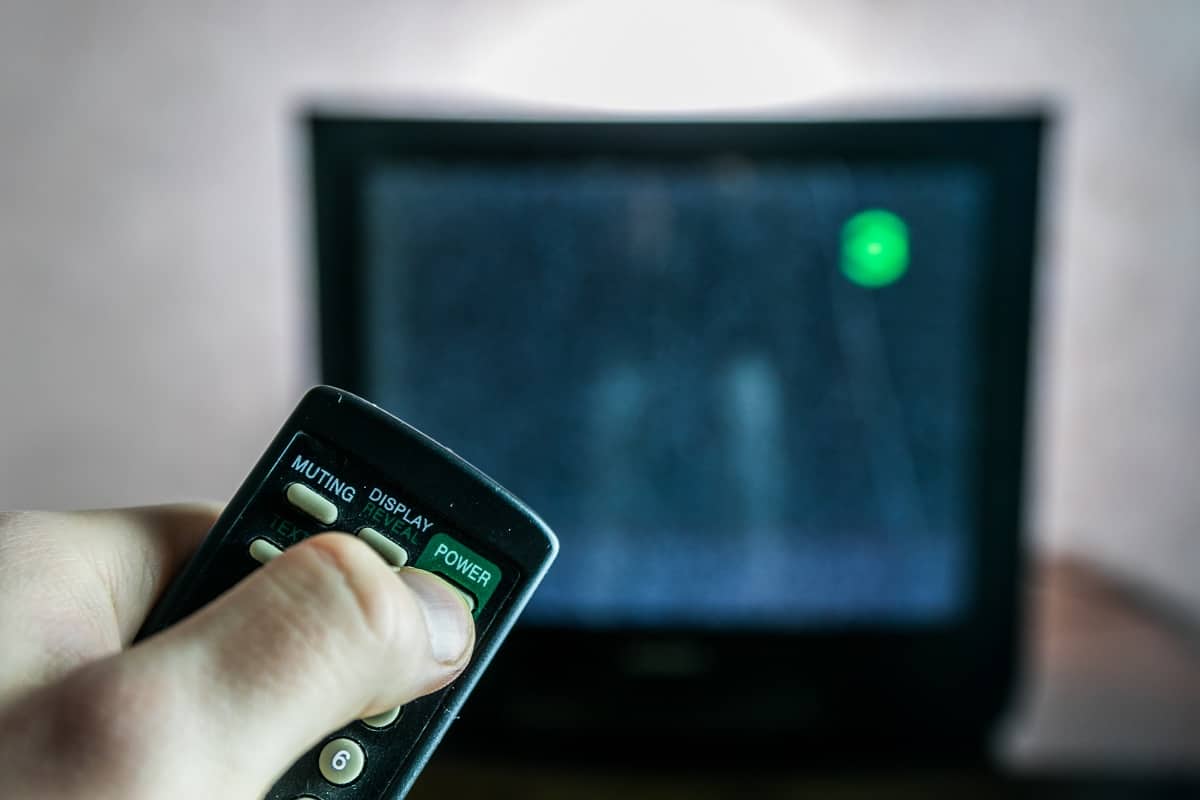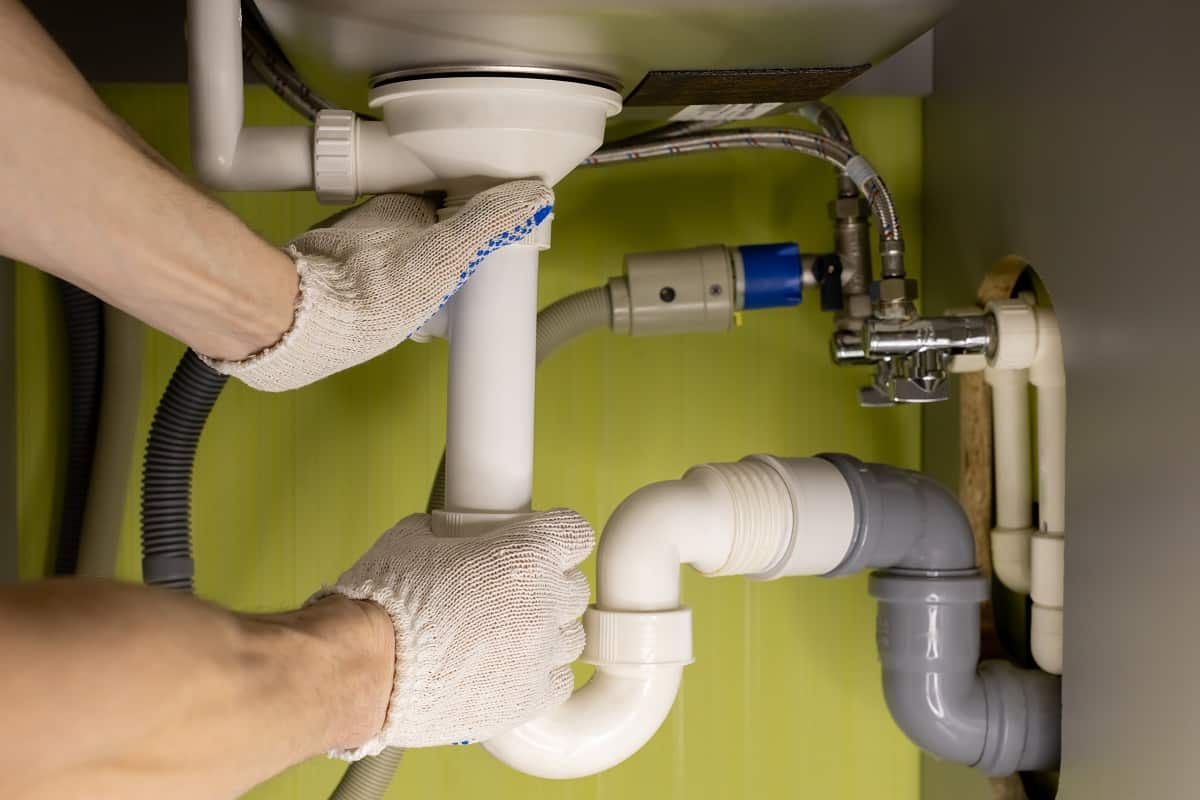If you’re looking for a quick and unique way to improve your interior and give your walls a deserving makeover, then glow-in-the-dark paint is an excellent choice.
Also known as phosphorescent paint, glow in the dark paint has been around for decades; but, lately, it has become a trendy source of the interesting interior, makeover ideas recommended all around the Internet. Glow in the dark paint is generally used for children’s toys, walls in the children’s room, Halloween costumes, home decorations, and so much more.
So, if you’re reading this, chances are you’re doing your research for glow-in-the-dark paint because you’re looking for a makeover idea. And, to that, we say you’re at the right place. In the following paragraphs, we’ll answer some of the most frequently asked questions, as well as take a look at the longevity of this pain (and whether it is worth the hype). So, without further ado, let’s get right into it!
Glow in the Dark Paint for Walls: Everything You Need To Know!

What Is Glow in the Dark Paint?
Glow in the dark paint was first discovered hundreds of years ago when people minerals or phosphors with luminescent qualities into pastes or paints. They used the paint for safety reasons, to enhance the visibility of the military (equipment or men), and so on.
Nowadays, glow in the dark is mainly used for interior and exterior design of different things; from children’s toys and costumes to wall painting, exterior, public decorations, fluorescent lights, screens, and monitors, etc. The application of this paint is various as it can be used for almost anything.
But, what is this pain? Well, glow in the dark paint is a luminous or phosphorescent paint that is made from earth phosphors (strontium aluminate) or silver-activated zinc sulfide. These natural minerals generally glow in the shades of blue, green, and yellow. Because these are rather rare and expensive, people tend to make glow-in-the-dark pain using fluorescent dyes as well. The dyes are mixed with the natural mineral shades to create an effective, but cheaper glow-in-the-dark paint.
How Does Glow in the Dark Paint Work?
As we mentioned, glow-in-the-dark paint contains minerals or phosphors with luminescent qualities. Because of this, the paint glows or creates visible light in the dark when ‘energized’ with UV rays during the days (and mostly UV rays for daylight or the sun). The phosphors simply need to be charged throughout the day, either somewhere sunny inside the house, or outside in direct sunlight.
Now, this of course applies to toys and objects you can carry around. When it comes to actual paint on the walls, its charging can take a bit longer due to the walls being inside the house or can be rather quick if the painted walls are on the outside. Overall, the more the paint is exposed to direct sunlight, the quicker it will charge and the brighter it will glow in the dark. It can generally take between 3 and 4 hours of sunlight exposure for the paint to start effectively glowing in the dark.
How Do You Use Glow in the Dark Paint?
Just like any wall paint, you can use glow-in-the-dark paint to paint your walls or make interesting murals that glow in the dark. The paint is applied directly onto the wall, where it dries and behaves as regular wall paint.
Now, because of the cost, and to make it generally interesting, it is recommended to create patterns or murals on the walls rather than painting the whole wall with the same glow-in-the-dark paint. Such an attempt would cost a lot and might not look rather nice in the end.
So, what we recommend is to combine regular wall paint and glow-in-the-dark wall paint to make things more coherent and aesthetically interesting. If you find working with wall paint difficult, you can always hire a professional wall painter to apply the pain correctly and effectively.
Is Glow in the Dark Paint Safe?
Glow in the dark paint is completely safe for use, whether in children’s room or your own bedroom, on every surface, including the walls. People are generally iffy about these paints due to the belief they are harmful for ventilation, eyes, skin, inhalation, etc.
However, modern glow-in-the-dark paints are made with luminescent elements, which are a combination of natural phosphoric elements and other dye/paint elements used in regular wall paint. If you’re thinking about whether this paint is safe, just remember that it is used in fluorescent paint for body art, nail polishes, even make-up, and body lotions. It is non-toxic and completely safe, just like any other wall paint or dye.
How Long Does a Glow in the Dark Paint Last?
Generally speaking, no wall paint or paint of any kind can last forever. When it comes to the glow-in-the-dark paint, we can say the shelf life varies depending on a few factors, but it surely requires repainting after a decade or so. However, the overall durability of the paint depends on the location, use, product it paints, etc. In the following paragraphs we’ll go over some of the common situations which can affect the durability and longevity of the glow I the dark paint so we can have a better estimate;
- Unopened Glow in the Dark Paint – a can of an unopened glow in the dark paint can last between two and three years, depending on whether the can is damaged or not. Generally speaking, paint can are pretty good at keeping the paint fresh and good, so you can even use high-quality glow-in-the-dark pain even up to 5 years after buying it if never opened of course.
- Used Glow in the Dark Paint (inside and outside) – Glow-in-the-dark paint that was already used and applied to a surface can last up to ten years without the need for repainting or touch-up. However, after the decade, it is most certainly recommended to apply a fresh coat of paint, together with a high-quality paint sealer. Such a sealer can prevent the breaking down of the paint, especially the phosphor elements in it. This further prevents paint fading, especially the fading of the glowing elements during the nighttime.
- On a daily basis (glowing longevity) – glow-in-the-dark paint requires recharging in direct sunlight to be able to glow at night. When properly and fully recharged, it can glow for up to 4 hours, and do so over the course of the next cca 10 years. And, every time the paint is recharged, it will glow like it’s brand new.
How Much Does Glow in the Dark Paint Cost?
Glow in the dark paint is generally pretty expensive. For example, if you plan to order the pain on Amazon, you can expect to pay anywhere between $8 and $10 for 1Fl Oz. Some brands even sell the paint for a price up to $25 for a fl Oz. Now, depending on the size of the surface you’re painting, the final cost can amount to a couple of hundred dollars.
Is Glow in the Dark Paint Environmentally Friendly?
Yes, glow-in-the-dark paint is environmentally friendly. The paint has been tested by the EU Toy Safety Regulations laboratory and deemed completely safe for human use as well as for the environment, The paint is not a contributor to pollution, global warming, or health problems due to exposure to the paint. It is safe for domestic application, as well as used for outside matters. For example, glow-in-the-dark paint is used on high-rise buildings for safety reasons, following the 9/11 event.
Final Thoughts
Glow in the dark paints are super fun and a truly unique way to literally brighten up any room or any wall in your house, office, building, etc. They are super cool for artistic use on murals, paintings, figurines, sculptures, furniture, and so much more. Whatever you decide to use the glow-in-the-dark paint on, you can be sure to expect exceptional and super unique results.
Sure, we do have to point out that glow-in-the-dark paint is pretty expensive, and it doesn’t last forever, but, if you’re willing to throw in an extra buck and prepare for repainting every few years, then we surely recommend you go for it. The paint will make every room more interesting, and your children will simply love it.



